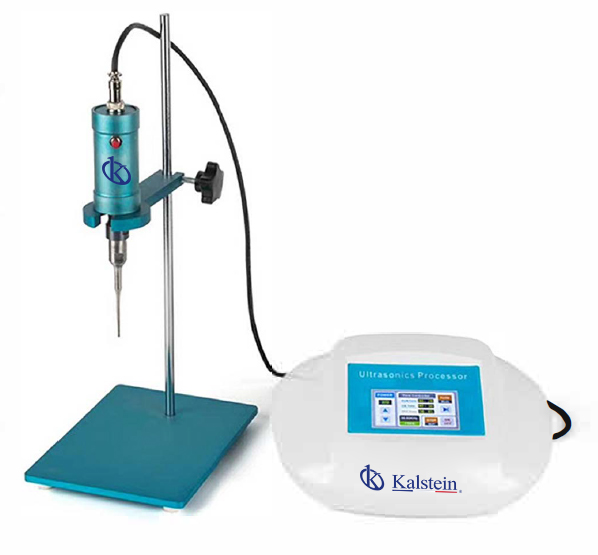Homogenizers are steadily gaining ground in the field of laboratory and clinical science, but what exactly are they, and what are they used for? In their most basic form, a homogenizer is a device used to homogenize, or mix, various substances into a perfectly uniform blend. It proves extremely useful in a range of contexts, from life sciences to the food industry.
However, it’s in biomedical research and clinical diagnostics where homogenizers show their true significance. By ensuring a perfectly uniform mix of biological samples, they enable researchers to gather more accurate and improved data. This, in turn, leads to greater precision in diagnostics and improved clinical outcomes.
We understand that you need equipment that delivers maximum value to your laboratory. We invite you to visit https://kalstein.co.uk/category-product/laboratory-line/homogenizers/ to immerse yourself in our universe of cutting-edge technology equipment. Our prices are competitive and accessible, we combine the convenience of online shopping with the guarantee of an exceptional product. Because you deserve the best, we create and offer top-tier laboratory equipment. Make your choice today, where science comes to life. https://kalstein.co.uk/
Design and Mechanics of Homogenizers
The design of a homogenizer can vary depending on its purpose and intended application. Generally though, all homogenizers share some common design elements. They feature a power source to drive the homogenization process, be it mechanical, ultrasonic or high pressure.
Each type of power has its own benefits and challenges. Mechanical homogenizers, for example, are robust and effective but may only be suitable for certain types of sample. Ultrasonic and high-pressure homogenizers, on the other hand, can work with a wide range of sample scales, but their performance can be somewhat variable.
Efficiency and Performance of Homogenizers
Efficiency and performance are crucial factors when assessing a homogenizer. Laboratories require their equipment to be reliable, consistent, and capable of delivering high-quality results. In this respect, homogenizers stand out for their ability to produce homogeneous mixes quickly and efficiently.
The performance of a homogenizer can be assessed in terms of its speed, its ability to process different types of sample, and the uniformity of the resulting mixture. The best homogenizers offer high-level performance in all these aspects, contributing to the success of research projects and clinical diagnostics.
Homogenizers and Improved Clinical Outcomes
Homogenizers play a pivotal role in achieving improved clinical outcomes. By ensuring biological samples are uniformly mixed, researchers can obtain more accurate data. This is vital when performing clinical analyses or researching diseases, where the precision of results can have a direct impact on patient care.
Moreover, the efficiency and speed at which these devices can process samples can also improve researchers’ ability to quickly respond to clinical needs and carry out diagnoses or implement treatments more timely.
Homogenizers and Precise Diagnostics
Precision in diagnostics is one of the most crucial aspects of modern medicine and homogenizers are key tools in achieving this goal. With their ability to create a uniform mix of complex biological samples, they enable medical professionals to obtain accurate, detailed data.
This is particularly important in situations where small differences in data can have a major impact on the proposed diagnosis and treatment. Thanks to homogenizers, doctors can ensure they’re making decisions based on the most accurate and detailed information possible.
Challenges and Future Advances in Homogenization Despite their many benefits, homogenization technology still faces challenges. Researchers are constantly seeking ways to improve the efficiency and uniformity of homogenization, as well as expand the range of samples that can be processed.
With technological advances and constantly evolving knowledge, we can expect to see even more efficient and versatile homogenizers in the future. These devices will be instrumental in driving advances in biomedical research and improving patient care through more precise diagnostics and improved clinical outcomes.




